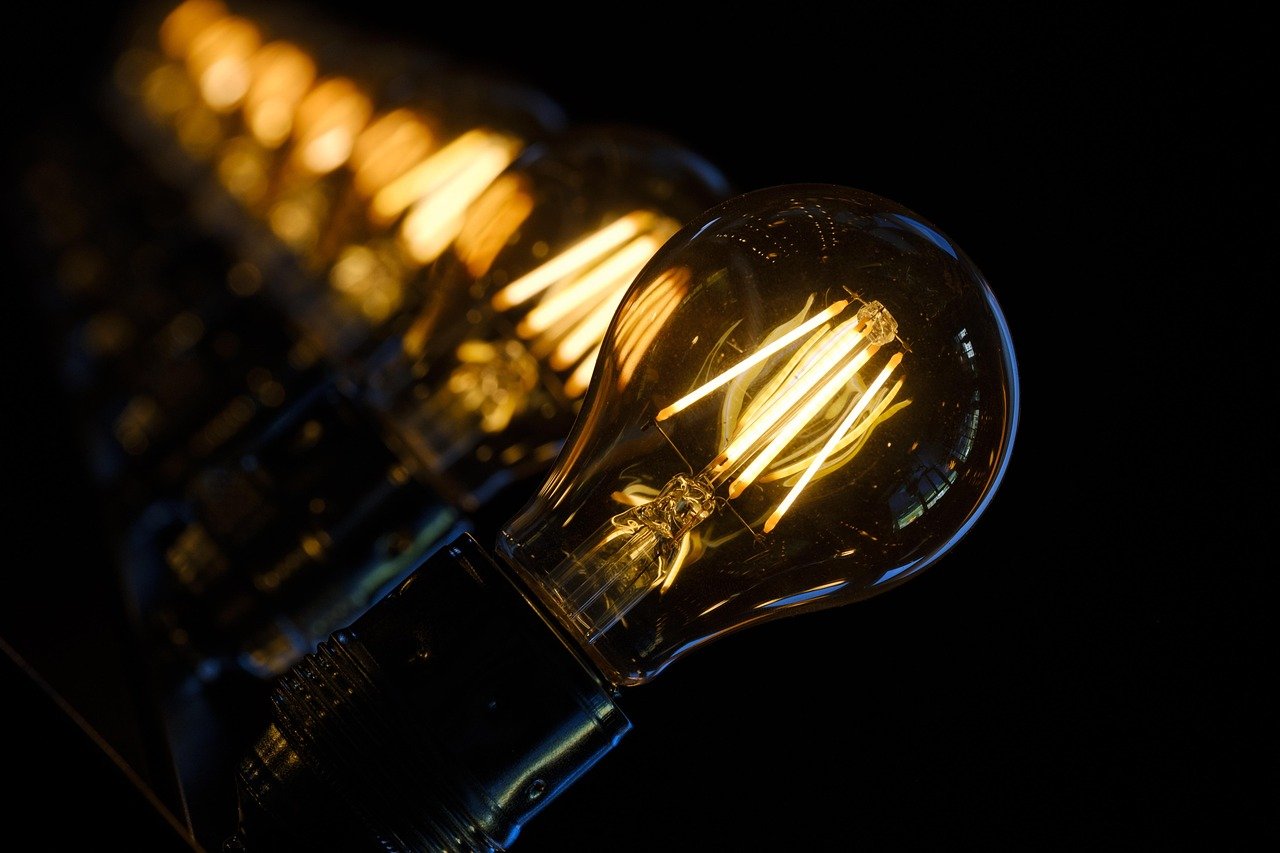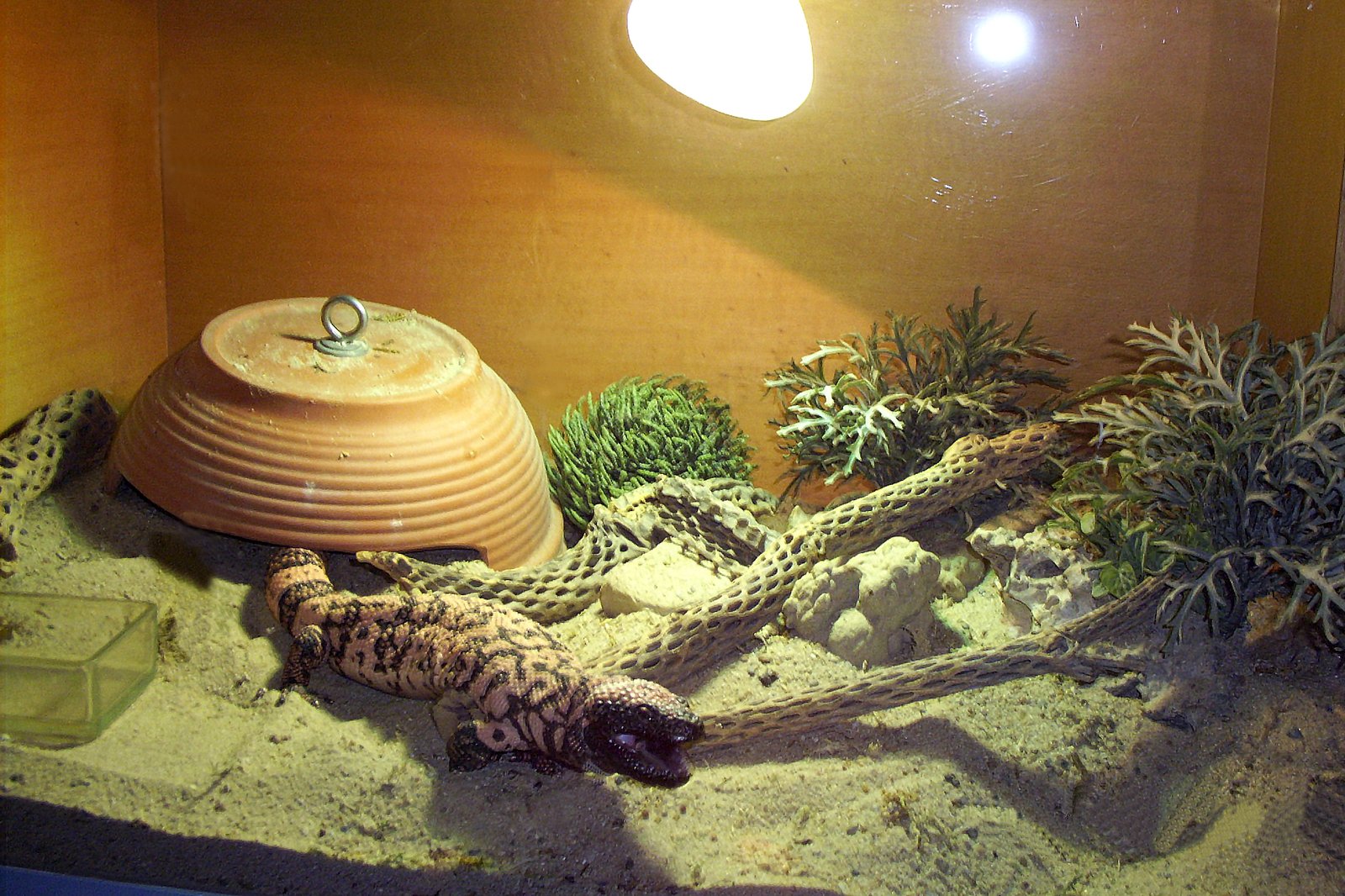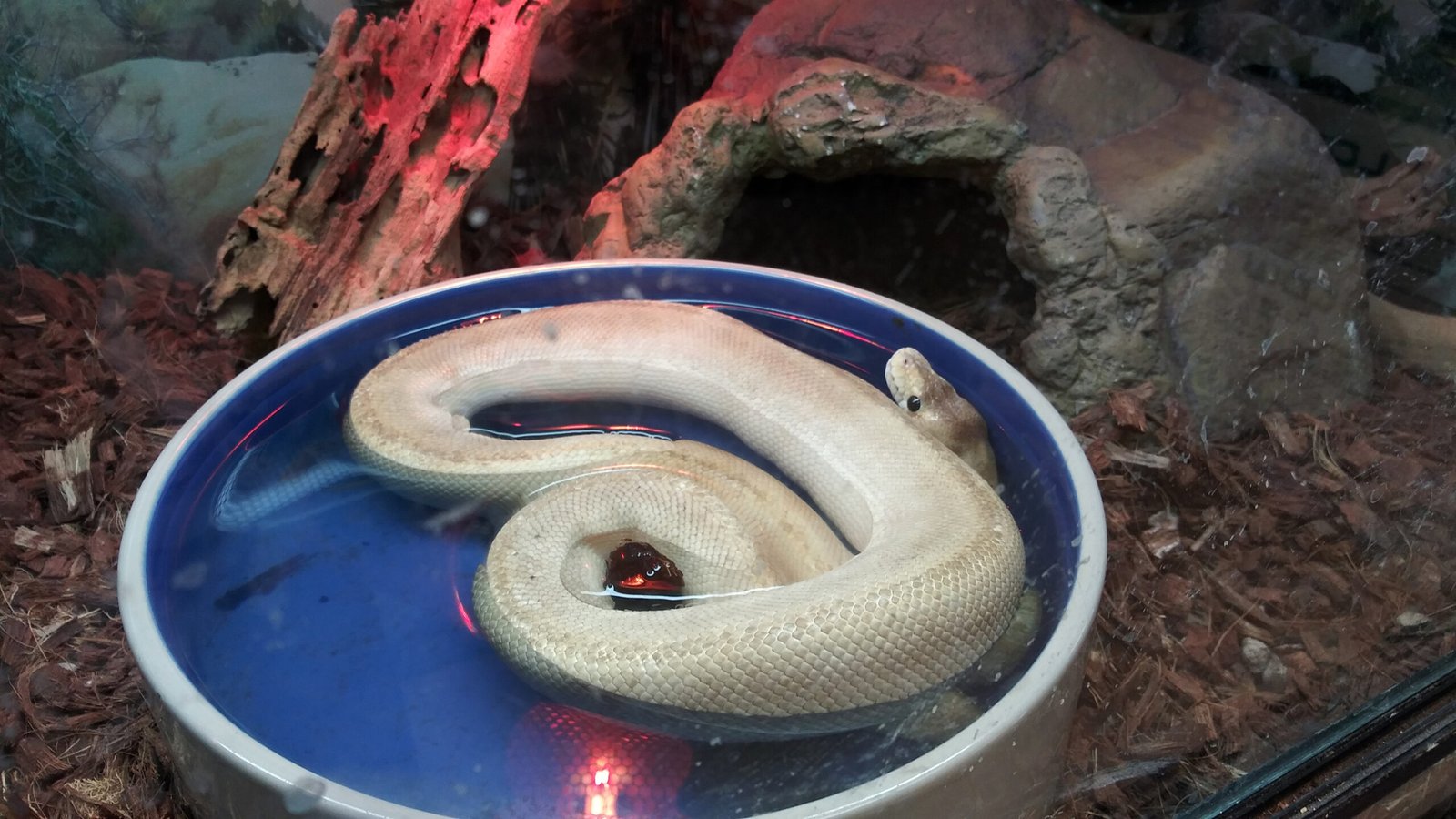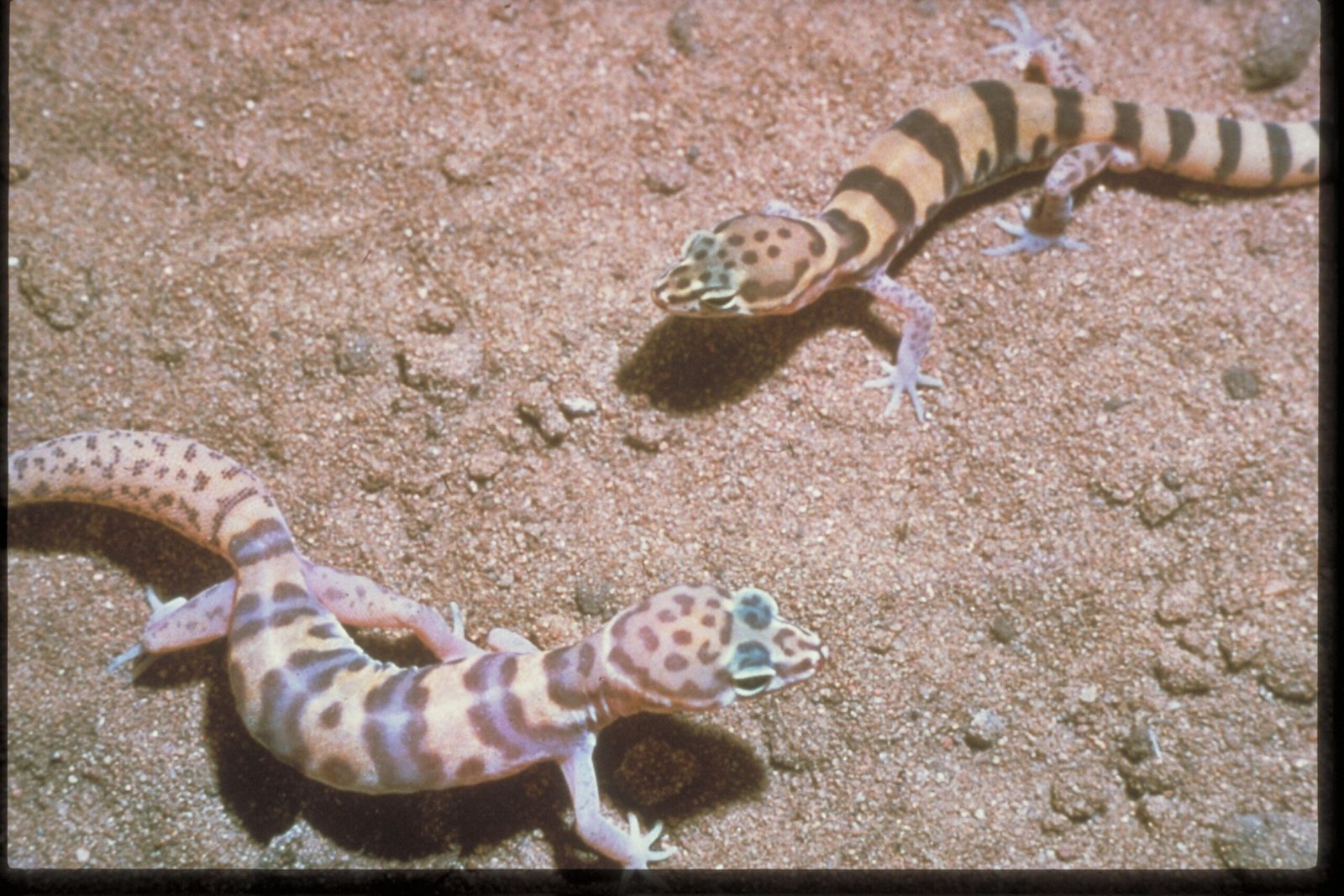If you’re caring for a reptile, UVB lighting isn’t just a fancy add-on—it’s a must-have for their health and happiness. UVB rays help reptiles produce vitamin D3, which is essential for absorbing calcium and keeping their bones strong. Without it, they can suffer from serious issues like metabolic bone disease, weakened immunity, and sluggish behavior. Since most reptiles don’t get natural sunlight indoors, a proper UVB setup helps mimic their natural environment. Let’s break down why this invisible light makes such a big difference in your scaly friend’s daily life.
The Science Behind UVB Light

UVB light, a small part of the sun’s natural rays, might sound technical, but its role is beautifully simple. It falls between UVA and UVC on the light spectrum, and it’s especially important for reptiles. Unlike us, reptiles can’t just get their vitamin D from food alone—they need UVB rays to kickstart that process inside their bodies. Think of UVB as the spark that helps reptiles absorb and use calcium, which keeps their bones strong and their muscles working properly. Without this light, even the most well-fed reptile will struggle to stay healthy. It’s one of nature’s tiny miracles, hidden in plain sight.
How Reptiles Use UVB to Produce Vitamin D3

When a reptile basks under UVB light, something incredible happens inside its skin. The rays trigger a chemical reaction that transforms a compound in the skin into vitamin D3. This vitamin is essential for absorbing calcium from food. Without enough UVB, reptiles can’t make enough vitamin D3, even if their diet is packed with nutrients. Imagine trying to build a strong house with no foundation—the walls just won’t stand. That’s what it’s like for reptiles without UVB. This natural process has been shaping their survival for millions of years.
Preventing Metabolic Bone Disease
One of the most heartbreaking conditions in pet reptiles is metabolic bone disease (MBD). This illness causes bones to become soft, weak, and deformed, leaving animals in pain and struggling to move. MBD is almost always linked to a lack of UVB light or calcium. With proper UVB exposure, reptiles can absorb and use calcium to keep their skeletons strong. Preventing this disease isn’t just about looks—it’s about giving your pet the ability to climb, hunt, and explore, just like they would in the wild. Proper lighting can mean the difference between a life of pain and a life full of energy.
Impact on Behavior and Activity Levels

UVB lighting doesn’t just work its magic on the inside—it changes how reptiles behave, too. When reptiles receive enough UVB, they’re more likely to bask, eat, and move around. Their colors may become more vibrant, and their eyes seem brighter. Without UVB, reptiles often hide, refuse food, or become lethargic. It’s like watching a plant wilt in the dark. Providing the right light can transform a shy, inactive pet into an active, curious companion who’s always exploring their environment.
Reproducing Natural Sunlight Indoors
In the wild, reptiles soak up sunlight every day, absorbing both heat and UVB as they bask. In captivity, we have to recreate this natural experience with special lamps. Standard household bulbs don’t produce UVB, so relying on them is a big mistake. UVB bulbs are designed to mimic the sun’s rays, creating an environment where reptiles feel at home. This isn’t just a luxury—it’s a necessity for their health and wellbeing. Think of it as bringing a slice of warm, sunny nature into your living room.
Choosing the Right UVB Lamp
Not all UVB lights are created equal. There are different types, like compact bulbs, tube lights, and mercury vapor bulbs, each with their own strengths. Some are better for small enclosures, while others are perfect for large terrariums. It’s important to match the lamp to your reptile’s species and enclosure size. For example, desert reptiles need stronger UVB than those from shady forests. Always check the manufacturer’s recommendations and replace bulbs regularly, as UVB output fades with time—even if the light still looks bright.
Correct Placement and Maintenance

Where you put your UVB lamp matters just as much as choosing the right one. The light should be close enough for your reptile to benefit, usually within 6-12 inches, but not so close that it risks overheating. There should be no glass or plastic between the lamp and your pet, as these materials block UVB rays. Clean the lamp and fixture regularly to remove dust, and remember to replace the bulb according to the manufacturer’s instructions. These small steps can make a world of difference in your reptile’s health.
Species-Specific UVB Requirements

Different reptiles have different needs when it comes to UVB. For example, bearded dragons and uromastyx, which bask in the open sun, require high levels of UVB. On the other hand, crested geckos and some snakes, which spend more time in shade, need less intense UVB. Research your pet’s natural habitat and daily habits to determine the best lighting setup. Giving your reptile the right amount of UVB is like tailoring a suit—it needs to fit just right to keep them comfortable and healthy.
Common Myths About UVB Lighting

There are many myths about UVB lighting that confuse even experienced reptile keepers. Some believe that reptiles get enough UVB from room light or that they only need it for a few hours a day. Others think supplements alone can replace lighting. The truth is, no pill or powder can substitute for real UVB exposure. Another misconception is that nocturnal reptiles don’t need any UVB, but even these species often benefit from low levels. Clearing up these misunderstandings can help more reptiles live longer, happier lives.
Signs Your Reptile Is Lacking UVB
It’s not always easy to tell when a reptile isn’t getting enough UVB, but there are warning signs to watch for. Look out for soft or swollen limbs, trembling, poor appetite, or lethargy. Some reptiles may develop shell deformities or have trouble moving. Their colors might fade, and they may seem less alert. If you notice any of these symptoms, it’s time to check your lighting setup immediately. Acting quickly can prevent serious health issues and get your pet back on track.
Conclusion

UVB lighting is the invisible hero of reptile care, transforming lives from the inside out. Reptiles depend on it for strong bones, healthy behavior, and a vibrant, active life. A proper UVB setup isn’t just about following the rules—it’s about offering your pet the very best chance to thrive. If you were a reptile, wouldn’t you want your own patch of sunlight, too?

Esther is from India; the heartbeat of South Asia, holding a Master’s degree in Zoology and a postgraduate diploma in Animal Welfare. Her enthusiasm for animal welfare drives her passion and dedication to working for animals, ensuring their well-being, and advocating for their rights. With a solid academic background and hands-on experience, she is committed to making a positive impact in the field of animal welfare. In her free time, she enjoys embroidery and sewing. As a Chennaite from Tamil Nadu, Esther loves Bharathanatyam, an Indian classical dance form.






